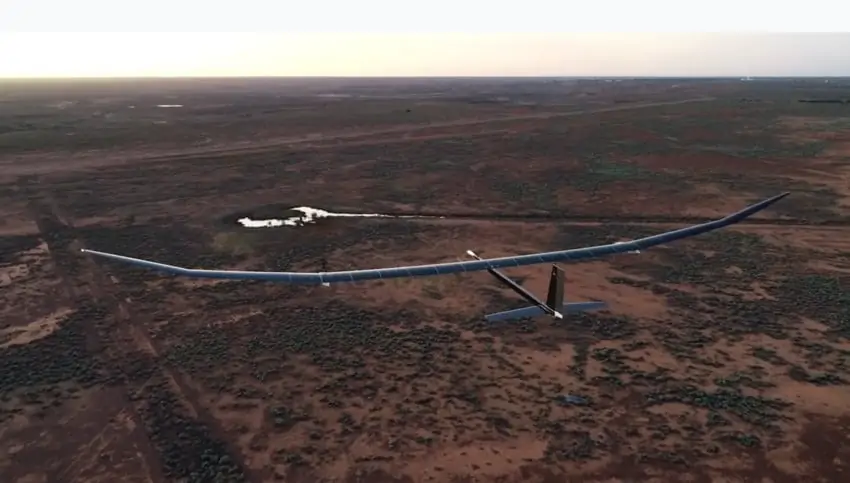
BAE Systems has announced that its solar-electric PHASA-35 unmanned aerial vehicle (UAV) has successfully completed its maiden flight. The 35 metre wingspan unmanned aircraft, designed, built and flown in less than two years as part of a collaboration between BAE Systems and Prismatic Ltd, is intended to operate unmanned in the stratosphere.
The High Altitude Long Endurance (HALE) vehicle is powered by the Sun during the day and by batteries overnight, and this combination of long-life battery and high-efficiecy solar technology could allow the aircraft to maintain flight in the stratosphere for up to a year.
PHASA-35 is intended to provide a persistent alternative to satellites that features the flexibility of an aircraft, and could be used for a range of applications including forest fire detection, communications, security and maritime surveillance. These first trials were sponsored by the UK’s Defence Science and Technology Laboratory (DSTL) and Australian Defence Science and Technology Group (DSTG), and took place at the Royal Australian Air Force (RAAF) Woomera Test Range in South Australia. They marked the first fully integrated flight test of the PHASA-35 system, delivering rapid proof of capability.
When connected to other technologies and assets, the PHASA-35 UAV will provide both military and commercial customers with capabilities that are not currently available from existing air and space platforms. The platform also has the potential to be used in the delivery of communications networks including 5G, as well as provide other services, such as disaster relief and border protection, at a fraction of the cost of satellites.
Further flight trials have been scheduled, with the possibility that the aircraft could enter initial operations with customers within 12 months of the flight test programme completion.
Ian Muldowney, Engineering Director at BAE Systems, commented: “This is an outstanding early result that demonstrates the pace that can be achieved when we bring the best of British capability together. To go from design to flight in less than two years shows that we can rise to the challenge the UK Government has set industry to deliver a Future Combat Air System within the next decade.”


















